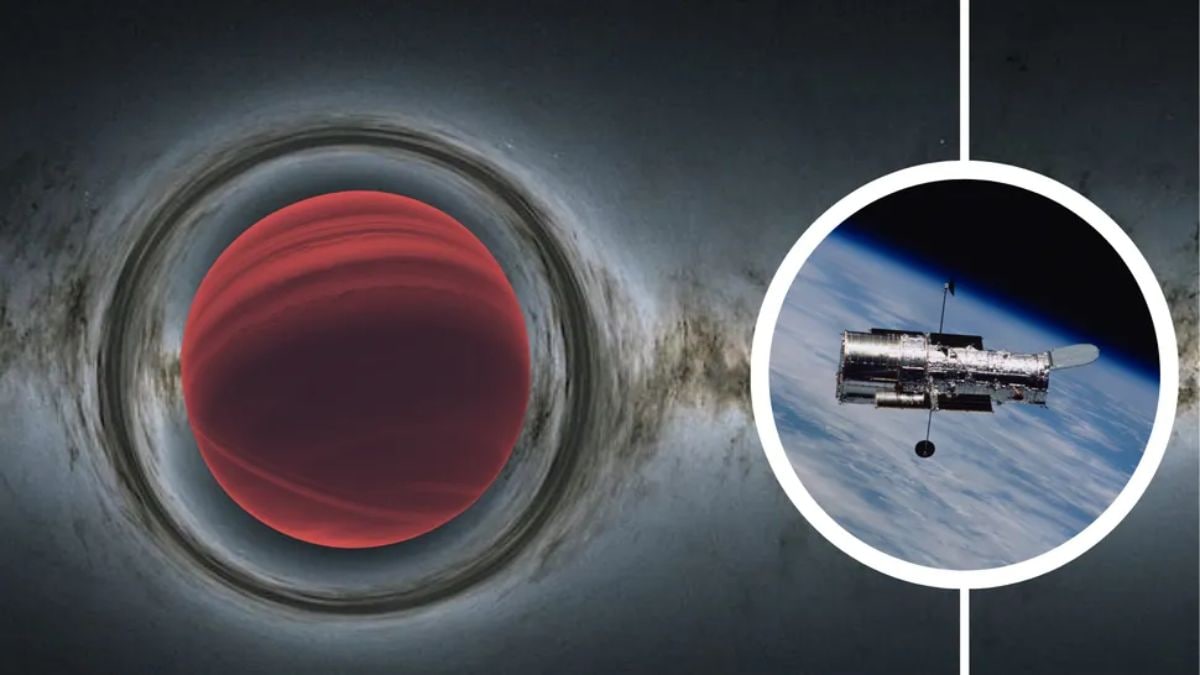New Rogue Planet Discovered in Hubble Data Using Einstein’s Gravity Theory

Astronomers found that a new rogue planet hides in the archival data that was gathered by the Hubble Space Telescope with the help of Albert Einstein and the happening of the events by chance, leading to success. These planets are also known as free-floating planets and do not orbit a star. These are just ejected from their home systems because of the planetary interactions. As they lack a host star, it is difficult to detect them by transit. However, the astronomers use microlensing with gravity, Einstein’s 1915 theory-based phenomenon of general relativity, in which massive objects warp space and bend light from the background stars.
According to As per Przemek Mroz, a professor at the University of Warsaw free free-floating planets don’t orbit any star and drift alone through the galaxy. In order to find such objects, we need to use the technique of gravitational microlensing. At the time of using this technique, the light of the background star gets magnified temporarily. The physicists estimate the mass of the object by analysing the properties of the event.
The newly found event of microlensing, OGLE-2023-BLG-0524, was seen by Hubble on May 22, 2023. Observed by KMTnet, the event only lasted for eight hours and was discovered in the Galactic bulge by the OGLE survey. The team ruled out the presence of a host star; however, very nearby elements can’t be excluded completely.
The lens and source are more relative to each other; the physicists confirm the status of the object over time. The movement of 5 milliseconds per year could take 10 years to resolve with the recent instruments.
Hubble’s data from 1997 let the scientists rule out the bright host stars. Mroz said that if the lens were a bright star, we would have observed it, but we could not. This absence evoked 25%-48% of the possible stellar companions. This research is available on arXiv.